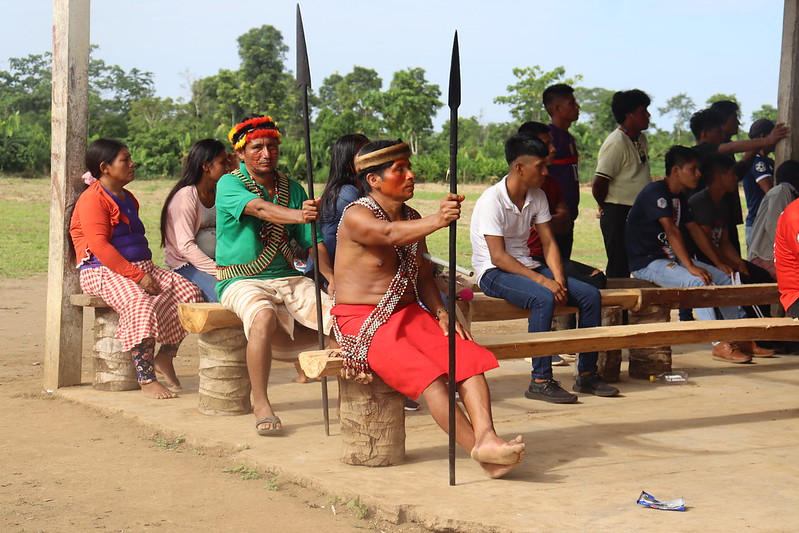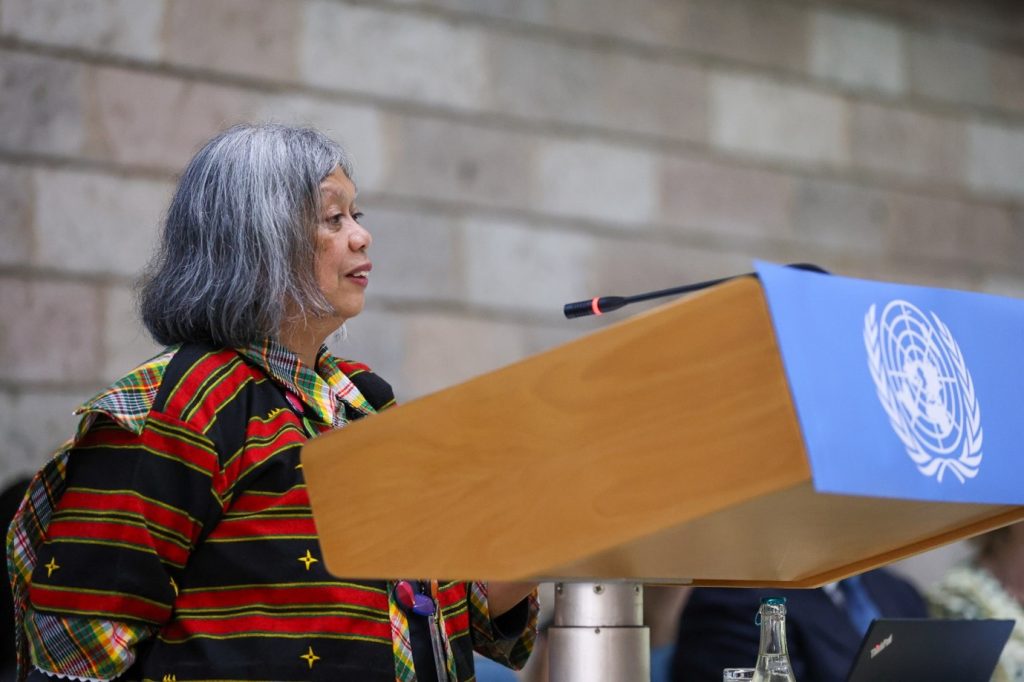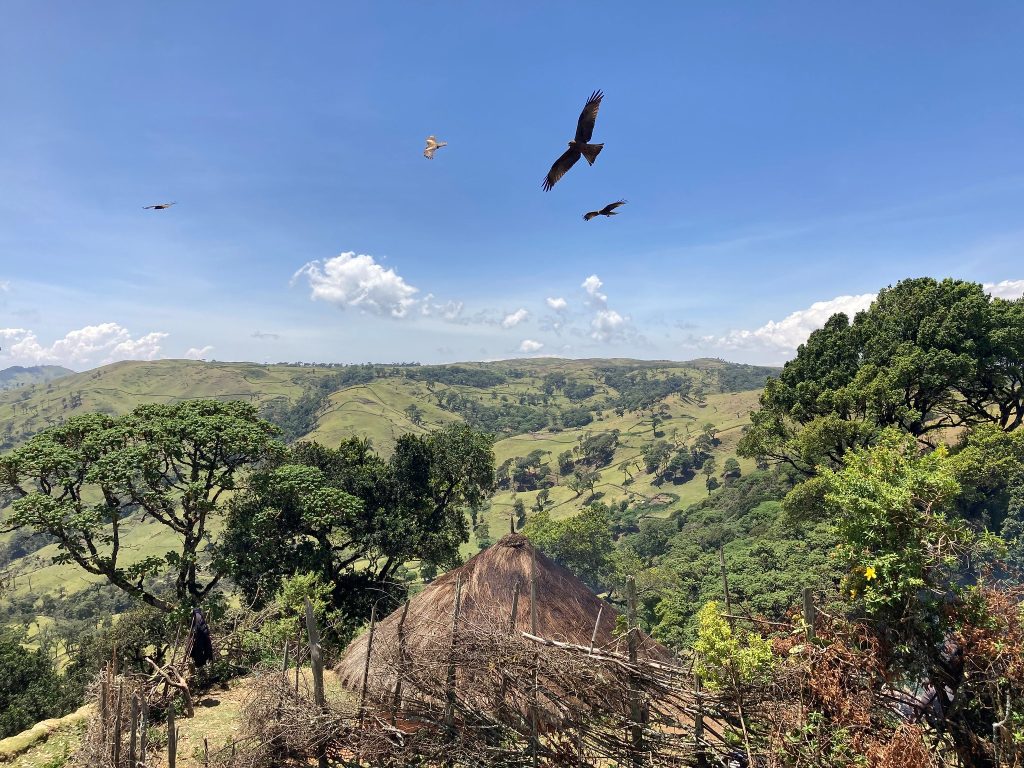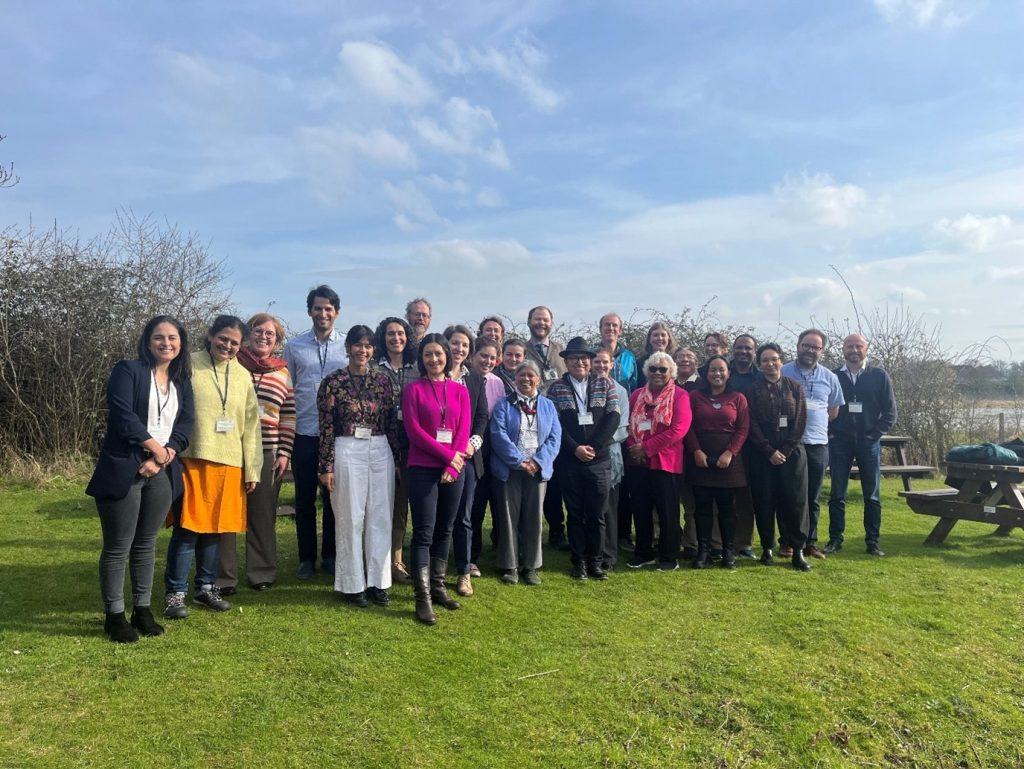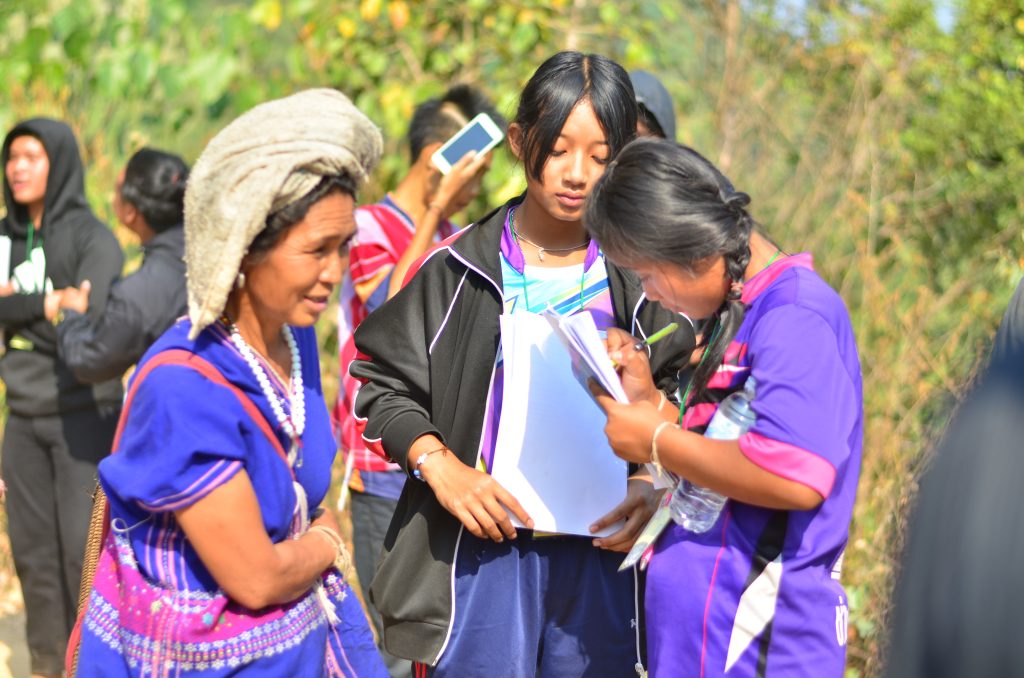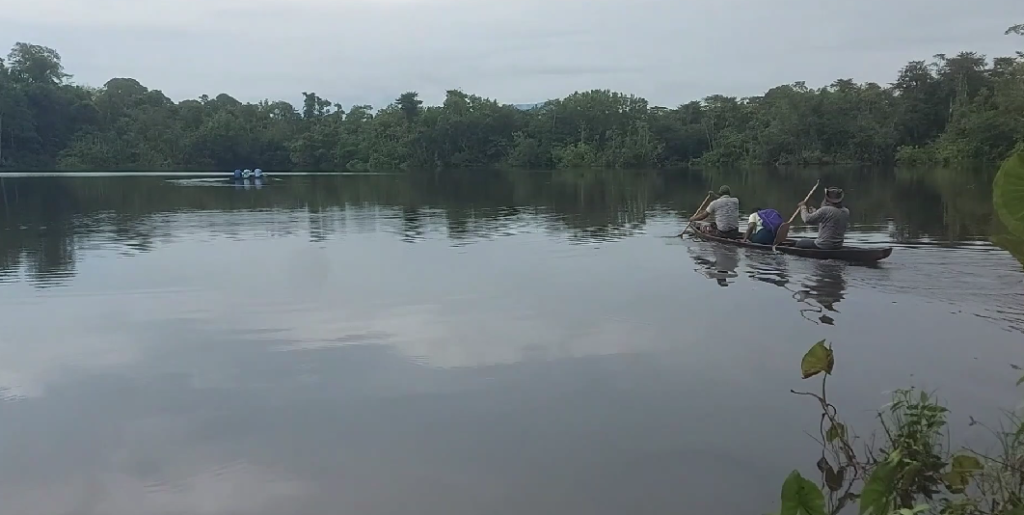Indigenous peoples across the Americas are facing significant challenges to their way of life due to a variety of factors, including extractivism, drug trafficking and land grabs. A key struggle across the region is for formalised titling of collective lands.
In the Americas, we partner with Chirapaq, Centre for Indigenous Cultures of Peru and the Autonomous Territorial Government of the Wampis Nation (GTANW) in Peru, who are working to address these issues.
Explore our work inPeru
Activity
Filter
Further info
Indigenous peoples in the Americas have a deep connection to the natural world and their traditional territories, which often overlap with areas of high biodiversity. However, they face significant challenges in maintaining their ways of life and protecting their lands and natural resources.
One of the main threats to indigenous peoples and biodiversity in the Americas is the expansion of agribusiness, mining, and infrastructure development, which often leads to the destruction of forests, wetlands, and other ecosystems. This can have devastating impacts on indigenous communities, who rely on these resources for their livelihoods and cultural practices.
Indigenous communities in the Americas also face threats from illegal hunting, fishing, logging and drug trafficking, as well as the impacts of climate change, such as droughts and floods. In addition, many indigenous peoples have historically faced discrimination and marginalization from governments and dominant societies, which has limited their ability to participate in decision-making processes that affect their lands and resources.
Despite these challenges, many indigenous communities in the Americas are actively working to protect their lands and natural resources, often with the support of civil society groups and international organizations. These efforts include community-based conservation initiatives that promote sustainable land use practices, as well as advocacy and legal action to defend indigenous rights and territories.
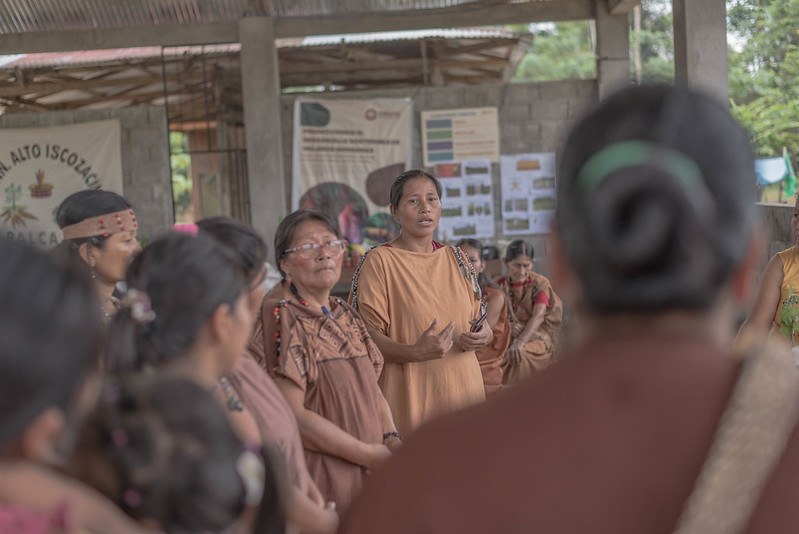
Migreth Berna López (22 years old), of the Yanesha people, in an exchange of knowledge. Community of Shiringamazu, district of Palcazu, province of Oxapampa, Pasco region. Photo: Luisenrrique Becerra Velarde / CHIRAPAQ.
